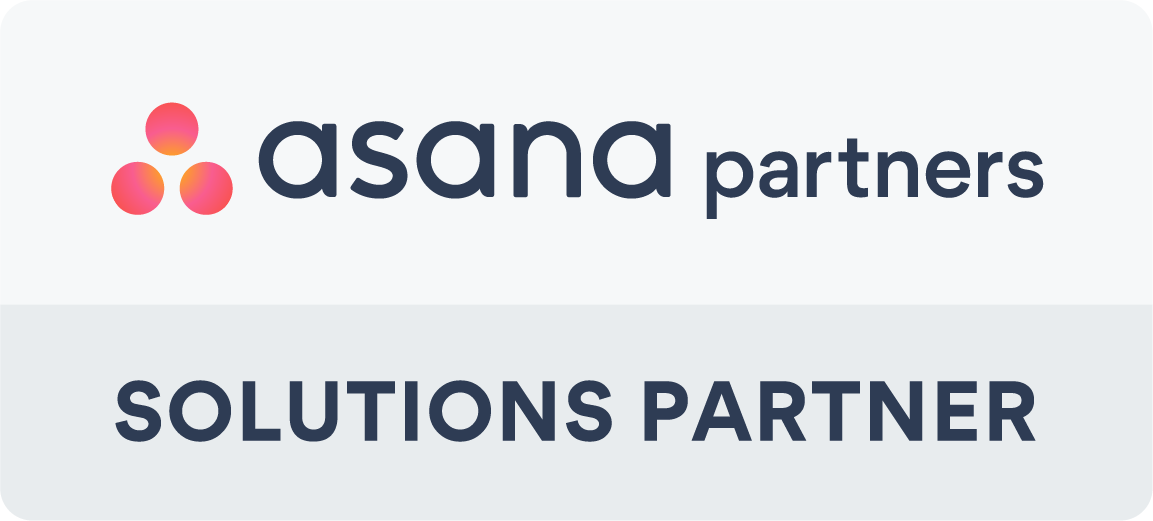OKRs are vital to any business or team in achieving success. Setting clear, measurable targets within a company is the only way you can track success internally. Of course, this can be measured in many different ways, but outlining what those measure aspects are is essential. In this article, we will be diving into how OKRs can be used. Specifically for HR teams.
What are they?
Human Resources is a critical business function that recruits and nurtures the most precious resource of the organisation – its people. HR plays a vital role in establishing the culture of the organisation by ensuring the right people are recruited, treating employees & alums as valuable resources, creating an inclusive environment to retain valuable, diverse talent, designing a performance management system that values outcome, teamwork, and collaboration. CEOs look at the CHRO as a valuable partner in their quest to create a high-performance team.
OKR stands for objectives and key results. These are tangible targets that companies set to allow different business sections to show that they can thrive.
To put it simply, an objective is a goal to work towards. The key results are the measurable targets to justify that the objective has been met. HR has as much of a need for OKRs as any other team.
What is an HR OKR?
OKRs are multi-directional; there should be input from all team members on what the OKR should be. This can create a lot of discourse and discussion. The result will be writing OKRs that are specific to the needs of each individual and team. The OKR should be written to structure your organisation's goals. The more specific you can be, the easier it is for you to deliver on your goals.
An OKR as a goal is dual-faceted. It needs something to work towards (an objective) and a measurable/tangible outcome (Key Result). That may seem obvious, but it is important to understand the different aspects to consider when writing them.
HR OKRs help HR teams set structured and data-driven goals and help them quantify their results. It provides a framework for establishing human resource objectives, observing key results, and achieving goals within the HR function that impact the organisational goals.
Examples of HR OKRs
#1: Employee Onboarding Team OKRs
#2: Employee Wellness Team OKRs
#3: Compensation and Benefits Team OKRs
#4: HR Compliance Team OKRs
#5: Training and Development Team
#6: Diversity Team OKRs
#7: Talent Management OKRs
#8: Talent Management Team OKRs
#9: Employee Engagement OKRs
#10: Talent Acquisition OKRs
Tracking OKRs and Goals
You can track OKRs in so many different ways. Many companies look to use tools to implement and automatically track such goals. There are many different tools that can do this. At Generation Digital, we use Asana. Here is how Asana can be used to track OKRs and goals.
How to use Asana for OKRs:
Asana is a work management tool used by all kinds of businesses. Various features in Asana allow you to create OKR goals.
First of all, Asana divided your organisation into different sections. Therefore, you can set OKRs at the organisation, team and individual levels. Project templates for OKRs are available within Asana, acting as a goal checklist for different sections of the business.
Asana uses the SMART methodology for their goals. This means they must be:
- Simple
- Measurable
- Achievable
- Realistic
- Time-Bound
When writing an OKR, it is therefore necessary to check that it fits the parameters of the smart methodology. Otherwise, it may be hard to meet.
The Goals feature in Asana is essential when laying out an OKR.
Asana goals are intrinsically linked to OKRs. You can therefore write them out using this feature.
Goals allow you to align your teams around objectives and prioritise work. Goals help your entire organisation to see how their work contributes to the overall objectives of the company through their own work towards.
Set, track, and manage both company-wide and team goals. Company goals are more long-term and tied to achieving your organisation's mission. Team goals are more short-term that build up to your company's mission objectives.
Goals can be linked to sub-goals to create a goal hierarchy, and projects and tasks can be added to connect goals and a project's work.
For a complete guide on Asana goals, click here.



